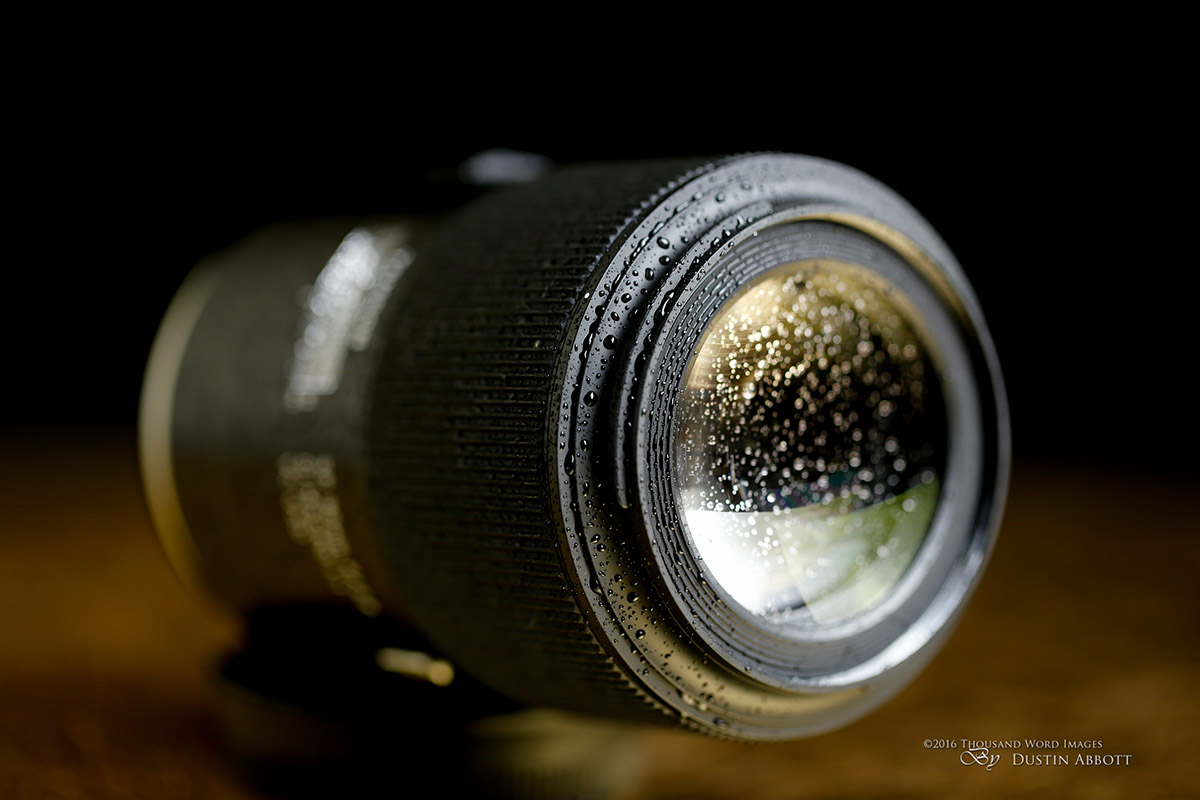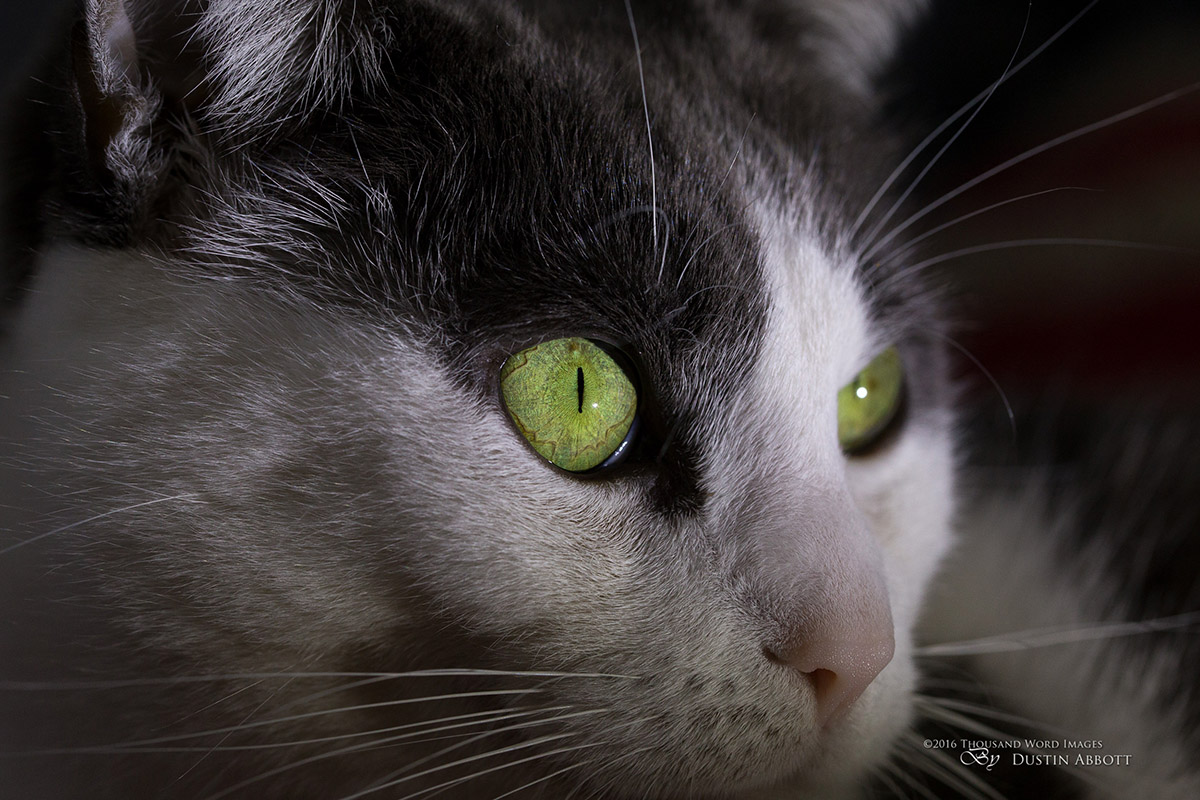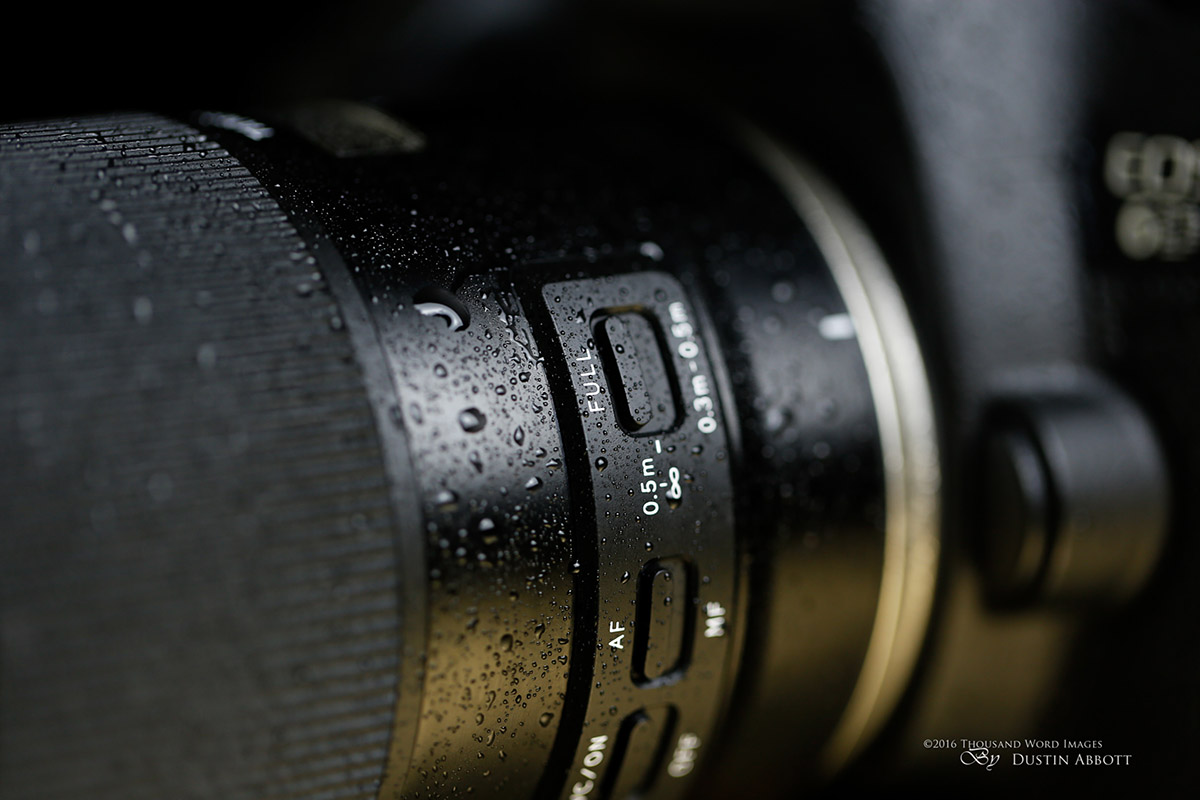Tamron SP 90mm F/2.8 Di Macro 1:1 VC USD Review
It was only 28 months ago that I was reviewing the predecessor to this lens, and my final verdict was that it was generally excellent and a strong competitor to lenses like the Canon 100mm f/2.8L IS while undercutting it significantly in price. So why, you might ask, is Tamron already replacing a lens that few people would suggest needed an update? The answer to that question is at the heart of our comparison of the older lens (known by the internal code F004) and the new version (code F017).
The Zeiss lens company announced and released 6 lenses simultaneously in their new Milvus line last year. Only two of those lenses had brand new optical designs. The goal was more about standardizing the look/identity of some of these lenses while upgrading their build, coatings, and handling to modern standards; their optics were already good. I see a similar logic here. The question is, “Do the updates to the 90mm f/2.8 VC take it from being a competitive lens to a superior one?”
Let’s group the upgrades together: substantial build updates, including more metal in the construction and superior dust and moisture resistance, improved coatings (including fluorine on the front element), improved AF speed and general performance, and the addition of XY-Shift compensation to help VC performance…particularly at macro distances. There is also updated coatings (Tamron’s new proprietary eBAND and BBAR) along with optimization of the bokeh performance, all of which whose importance should not be underestimated.
So while the basic optical formula is unchanged from the previous lens, there are a number of significant changes that will improve the function, performance, and yes, the look of the images produced by the lens. In short, there is a lot going on here beyond just standardizing the look of Tamron’s prime lenses.
While Tamron’s original 90mm macro lens has continued to be sold, it should be noted that the new lens will immediately replace the last generation 90 VC (F004) and it will no longer be sold.
The F004 lens was generally excellent, proving to be optically competitive with the Canon EF 100mm f/2.8L Macro IS (a lens I own and love). I directly compared the two lenses in my review and found that while they were remarkably close, I found the Canon still had a very slight edge in the overall handling and performance. Are the new upgrades enough to push the advantage balance into Tamron’s camp?
Right off the bat there is one obvious difference; the build quality advantage now belongs to Tamron. Tamron’s new SP design language is very nice, very modern, and nicely elegant. It is reminiscent of the Sigma ART series on some levels, though unique in its own way and actually more functional. It has a more thorough dust and moisture resistance, which includes seals not only at the mount but at critical junctures near the switches, focus ring, and other areas. The fluorine coatings on the front element repels water and fingerprints and improves durability as well.
Macro lenses have very unique image stabilization needs. The nature of macro photography introduces unique stresses on trying to stabilize an image at close focus distances. The F017 introduces new technology into the VC (Vibration Compensation) system, including an accelerometer to compensate for shakes on the x-y plane. The end result is better stability at all focus distances, including macro. One final plus for the F017 is the ability to customize the stabilization behavior to your unique needs through the Tap-in Console.
One of the improvements that immediately stands out is the improved performance of the USD (Ultrasonic Drive) autofocus motor. The autofocus is noticeably snappier, and typical adjustments come almost instantaneously. The lens is even able to rack through the whole very large focus range of a macro lens quite quickly. Autofocus performance can be further customized through the use of the focus limiter switch, and, in the near future, through software tweaks via the Tamron Tap-in Console accessory.
Compatibility with Tap-in is a big advantage for the F017. This type of lens will have even more areas that can be customized than the average lens, including focus limiter, VC performance, and autofocus tweaks. This provides a unique advantage over all other macro lens competitors at the moment. It also helps give peace of mind that the lens can be easily updated via firmware in the future to both improve performance and ensure ongoing compatibility with the camera systems it is developed for.
Tamron has also updated the coatings to their proprietary eBAND and BBAR coatings. These are designed to reduce flare and ghosting, help eliminate chromatic aberrations, and increase contrast. Mission accomplished. I saw extremely low levels of CA (very important for a macro lens and all of those shiny surfaces you will be shooting), the flare resistance was excellent, and the contrast compared favorably with the Canon 100L Macro lens. The end result is the already excellent image quality from the previous lens now has a bit more pop.
One area where the Tamron still lags behind the Canon competition is in a typical Tamron weak spot – light transmission. I noticed when testing the stabilization on a calendar with constant lighting that the Canon consistently exposed more brightly than the Tamron with identical settings. I had to increase the Tamron’s image by about half of a stop to get an equal histogram.
One other minor niggle was that I found the VC (Vibration Compensation) a little louder than I’m used to. It may have been specific to my review copy, or it could be due to the new accelerometer.
After having spent some time with the new lens it is easy to see why Tamron refreshed this lens in the way that they did. Now all of their prime lenses will conform to the same standard and will share a “family resemblance”, but beyond that the end result is a significantly improved lens that has great optics in a class leading build. This is one of the rare occasions where third party AF is completely competitive with that of the first party lens. Vehicle manufacturers will sometimes do a “mid-cycle refresh” to their vehicles that often significantly improves them, and Tamron has done the same here. The Tamron SP 90mm f/2.8 Di 1:1 Macro VC is a great lens that deserves to make its way into a lot of photographer’s bags.
About the Author
Dustin Abbott is a full time pastor/part time photographer from Pembroke, Ontario who shoots professionally but primarily for capturing beauty and sharing it with others. www.dustinabbott.net















